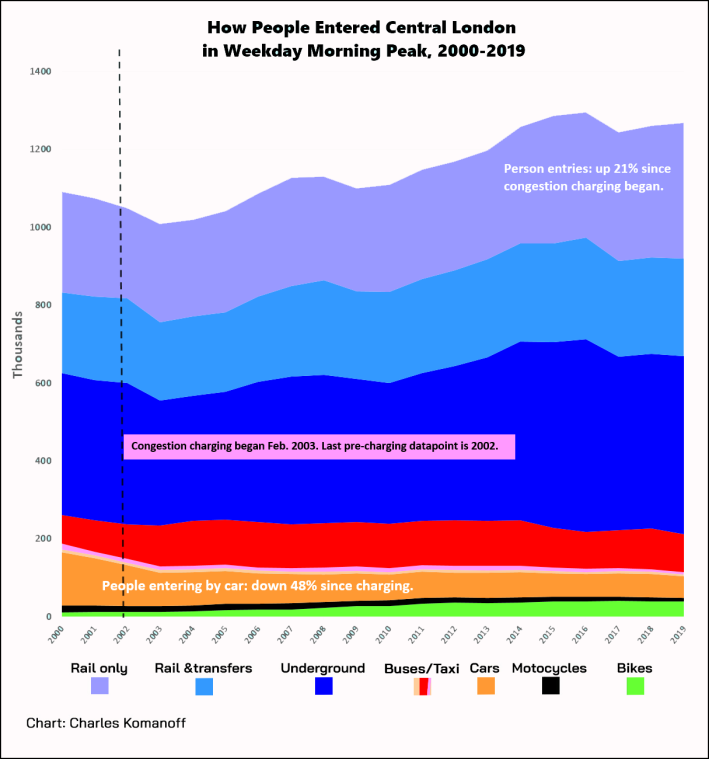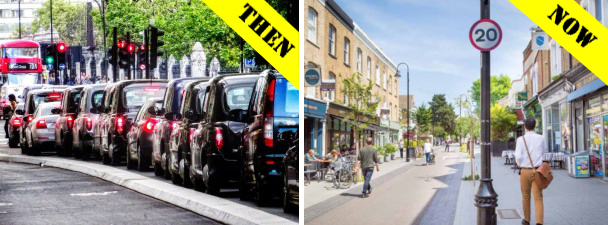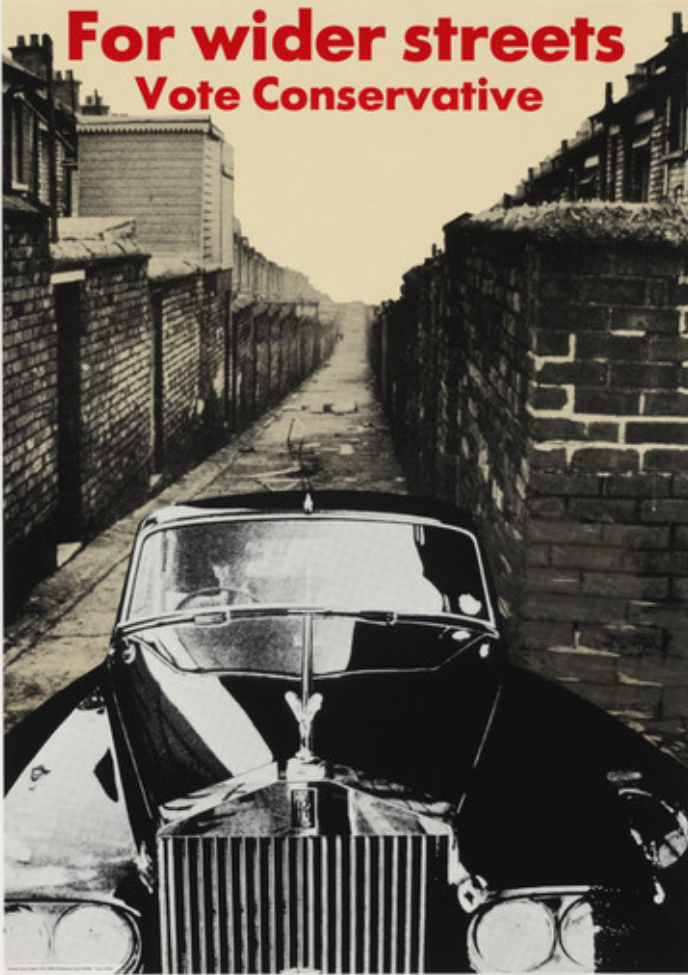Friday, Feb. 17 will mark two decades since London inaugurated congestion charging — and the latest data continue to show that it's been an unqualified success.
London’s charging program has outlasted two mayors (including Boris Johnson), six British prime ministers (also including Johnson), and one monarch. It has helped cut car traffic into the city center almost in half and raised billions for transit and road reconfigurations, enabling access by many more commuters and visitors to London’s central area, which in size and function resembles Manhattan south of 60th Street.
You wouldn’t know that, though, from the video clip making the rounds of anti-congestion pricing circles, in which pro-driving Rep. Nicole Malliotakis (R-Staten Island) asked the same Boris Johnson about the tolls and he responded, “Don’t do it.”
For everyone that points to London as a "success" story on Congestion Pricing, take former PM Johnson's advice- don't do it! https://t.co/4qQXJaKHnn
— Andrew Fine (@AFineBlogger) February 2, 2023
“Vehicles are getting cleaner and cleaner [so] there’s no need to do [congestion pricing] for environmental reasons,” Johnson told Malliotakis at a Washington confab last week. “It’s just an extra burden on hard-pressed taxpayers and drivers."
It’s unclear why Johnson, who faithfully upheld the charging scheme as London mayor from 2008 to 2016, chose to badmouth it on a visit to the USA. But then, Johnson was never known for consistency and steadfastness.
Or, in this case, awareness of the greater good: As I posted here in 2017, London's congestion pricing was working, based on Transport for London data that was complete through 2015. Now, the latest data, complete through 2019, once again confirm congestion tolling as a success.
The main takeaways:
- On average, 1.27 million people entered London’s charging area during the morning peak (7-10 a.m.) in 2019. That was down a percent or two from 1.29 million in 2015, but it is still 21 percent (or 220,000 people) more than the 1.05 million who traveled into Central London in the same peak hours in 2002, the last year before congestion pricing.
- Just 55,000 people arrived in private autos in 2019. That's a drop of 48 percent (or 50,000 people) from the 105,000 car users in 2002. And it's an even bigger drop in mode share, from 10 percent of arrivals by car in 2002 to 4 percent in 2019.
Taken together, those two bullet points show that since congestion charging began, Central London has divested 50,000 morning-peak entries in private cars, but has gained more than five times as many peak arrivals via non-car modes, 270,000 per day.

In addition:
- The vast majority of current morning peak travel into the London charging area, 83 percent, is by rail, with another 8 percent by bus, pushing the combined rail-and-bus modal share past 90 percent.
- Bicycles comprised 39,000 morning-peak entries in 2019, accounting for 3 percent of 7-10 a.m. trips into the charging area. Those figures were triple cycling’s 2002 volume of 12,000 and and modal share of 1 percent. Coupled with the steep drop in entry by private car, the morning peak ratio of driving entries to biking entries has shrunk more than six-fold, from 9.0 in 2002 to 1.4 in 2019.

Picture those London figures in New York. Both scenarios are appealing: A ratio of seven bicyclists for every 10 drivers heading into the Manhattan CBD during the morning peak. And just 55,000 cars entering in the morning rush.
Some in New York question congestion pricing’s efficacy in London because its center-city traffic speeds haven’t risen dramatically since 2003. They ignore two factors.
The first is London’s exemptions: Trucks aren’t charged. Neither are what the Brits call private-hire vehicles (taxis and Ubers), which Transport for London reported (see p. 13) in 2019 account at times for more than 40 percent of Central London automobile traffic. Zone residents, similarly, pay only 10 percent of the entry fee, a pittance. Such glaring exemptions were bound to undercut London’s congestion reductions.
The other factor is that London’s aggressive reconfiguring of road space — which has transformed some car-clogged lanes into dedicated bus routes, bicycle lanes and public space — has, along with increased rail service, has made it possible for so many more people (nearly 30 percent more) to access the central business district without having to use a car than before congestion pricing. So perhaps car speeds haven't improved, but travel times for every other mode has.
I recently did a calculation indicating that if the number of cars driven into London’s charging zone had risen by the overall 21 percent growth rate for all modes combined, rather than falling as it did, the increase in road crowding would have cut travel speeds by at least one-fifth. Keeping traffic speeds from collapsing under the weight of 21 percent more people coming to the central area is the main triumph of London’s congestion charging.
Alas, poor Boris. Rather than take a congestion-charging victory lap — he didn’t start congestion charging in London, but he kept it — he chose last week to disparage it, notwithstanding its intellectual kinship with the ideologically neutral applied-economics once beloved by the center-right.
Then again, conservatism today isn’t about principles — market-based or otherwise. It’s about dominating. After billy clubs, border walls, and, of course, AR-15s, nothing bespeaks dominance in 21st-century America like automobiles. Any seeming infringement on the right to drive, even one offering better mobility to most people (including many drivers), must be made suspect.
Alongside dominance, there’s also purity. Campaigning in 2016, Donald Trump proclaimed himself a champion for ”beautiful, clean air,” omitting to share that New York’s and America’s purer air had come about through an intricate web of regulations that he would soon gut from the White House. Johnson, similarly, is right that London now enjoys its healthiest air in centuries, but he ignores congestion charging’s role in achieving it.
It's sad to see the rejected, formerly high-flying politician Johnson, wanting a US haven and perhaps seeking new patrons, stoop low on congestion pricing. Can no one to the right of, say, N.J. Gov. Phil Murphy not speak the truth about congestion pricing? It’s fair, it’s smart and it works.







